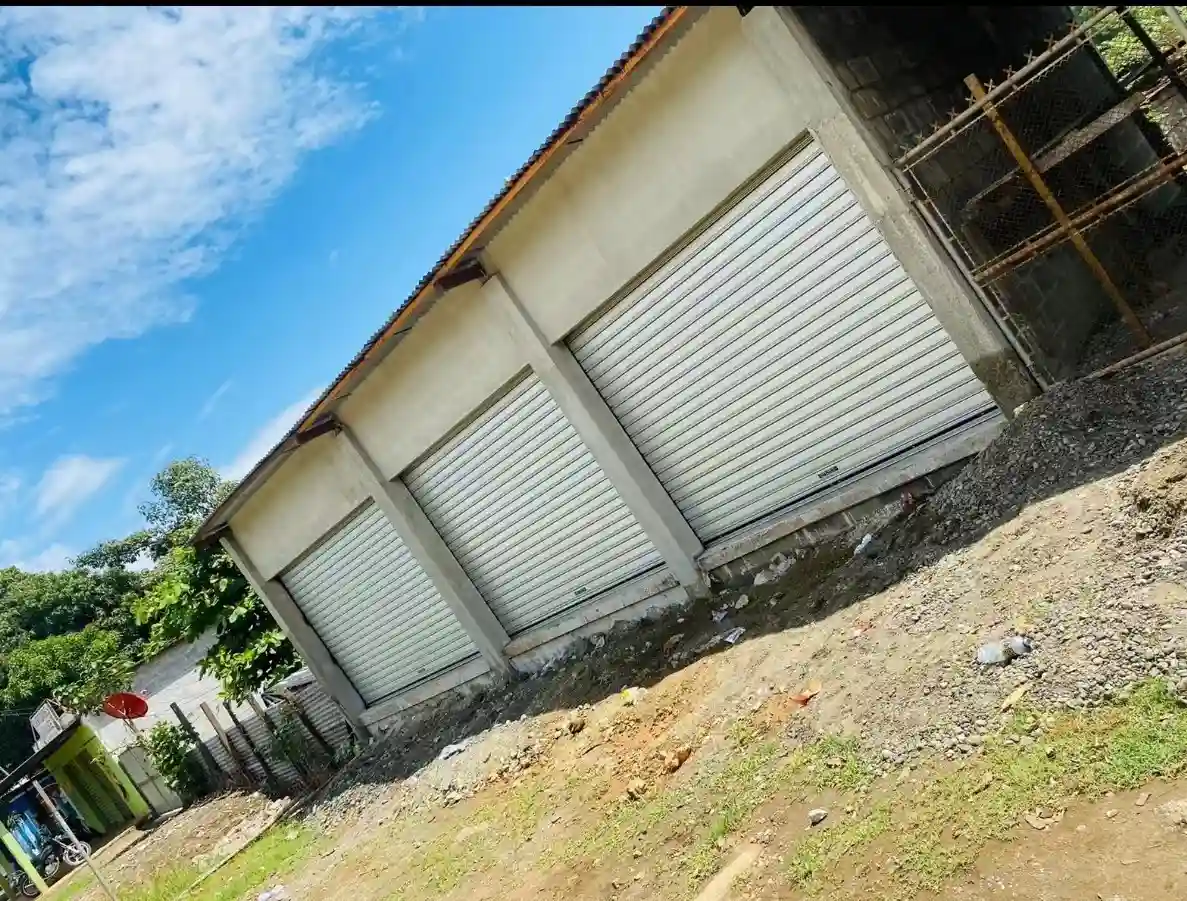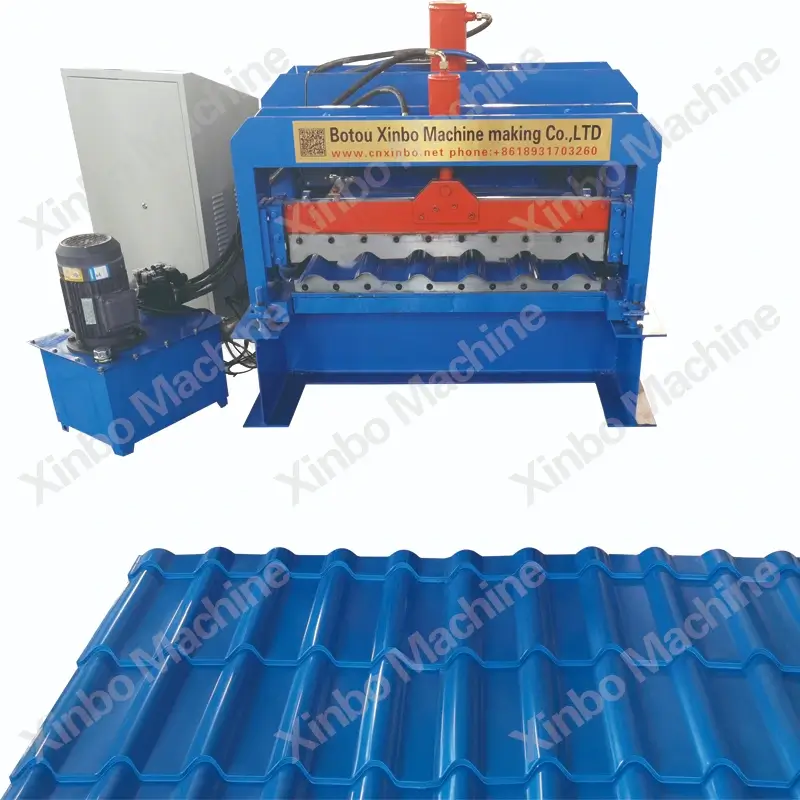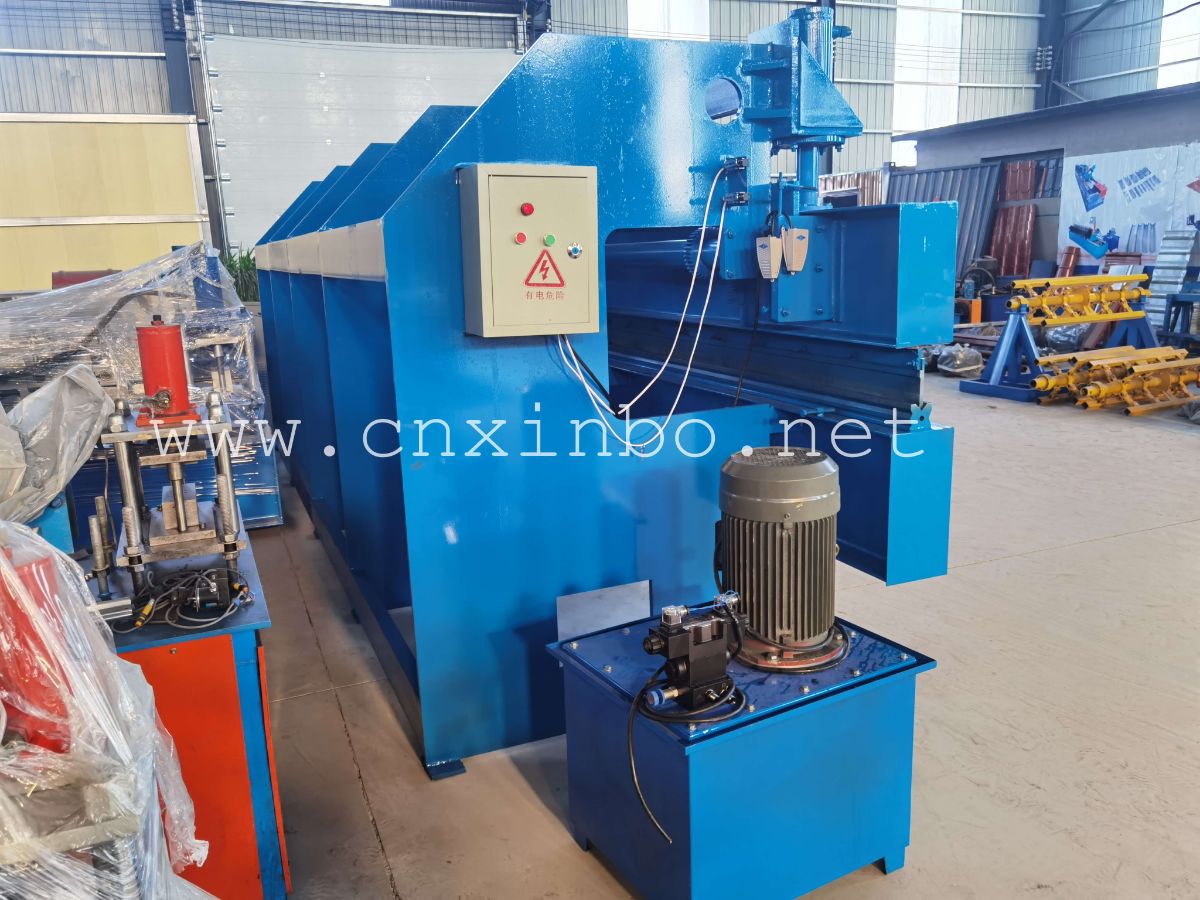Why Use a Garage Door Rolling Form Machine for Diverse Door Types
Overview of Garage Doors
Importance of Choosing the Right Garage Door
Selecting the appropriate garage door is paramount for several reasons. The right garage door enhances the property’s curb appeal, complementing the architectural design and increasing the overall value. Moreover, a high-quality garage door provides improved security features, ensuring peace of mind for property owners. It also offers functional efficiency, helping in smooth operation and reducing maintenance needs over time. Ultimately, the optimal garage door choice can significantly impact both the aesthetic and operational aspects of a property.
Factors Influencing Garage Door Selection
Several factors come into play when deciding on a garage door. These include material type – such as steel, aluminum, wood, or fiberglass – as each material offers distinct benefits and drawbacks. The intended frequency of use, insulation capabilities, and noise-reduction features also heavily influence the choice. Additionally, the style and design consistency with the property’s overall look, as well as the budget restrictions, play critical roles. Finally, specific needs such as wind resistance in storm-prone areas or extra security measures for high-crime regions must be considered.
Types of Garage Doors

Sectional Garage Doors
Features of Sectional Garage Doors
Sectional garage doors are composed of panel sections connected by hinges. As the door opens and closes, wheels at the edge of each panel roll inside a vertical track on each side of the door opening. These doors can be constructed from a variety of materials, including steel, wood, and aluminum, often with integrated insulation layers. Additionally, they are available in numerous styles, finishes, and colors, allowing them to blend seamlessly with different architectural designs.
Pros and Cons of Sectional Garage Doors
Sectional garage doors offer several advantages, such as excellent insulation properties, which help in energy efficiency and noise reduction. Their design ensures that they occupy minimal space when open, making them a suitable choice for properties with limited driveway space. Furthermore, they provide exceptional security due to their robust construction. However, they may require significant maintenance, especially if the tracks and rollers are not kept clean and lubricated. Additionally, their multiple moving parts can wear out over time, necessitating repairs or replacements.
Roll-Up Garage Doors
Key Characteristics of Roll-Up Garage Doors
Roll-up garage doors, commonly used in commercial settings, roll up into a coil above the door opening, requiring minimal ceiling space. These doors are typically constructed from durable materials like steel or aluminum, which provide long-term resilience and protection against harsh environmental conditions. Roll-up doors can also be equipped with insulation to enhance thermal efficiency and are available in various finishes and colors to match different design preferences.
Advantages and Disadvantages
The primary advantage of roll-up garage doors is their space-saving design, ideal for compact spaces. They offer robust security due to their sturdy construction, and their smooth rolling mechanism ensures reliability and ease of use. Additionally, they require less maintenance compared to other types due to fewer moving parts. However, roll-up doors can be more expensive to install and repair. Also, their aesthetic options might be limited compared to other garage door types, which may not suit every homeowner’s preference.
XINBO machine is a manufacturer which established in China since 2014. Quality assurance is provided by a team of our machine professional desiginer and producters and workers. New and innovative technology,such as roll forming machine, for the Europe, UK and Canada, as customer’s request and class. And we also have standard class for normal consumption.
Slide to the Side Garage Doors
Descriptive Features of Slide to the Side Doors
Slide to the side garage doors operate by bending to one side and running parallel to the wall. This mechanism is facilitated by a lower trolley system that guides the door along its path. These doors are often constructed from steel or aluminum and can be fitted with panels or windows for aesthetic and practical benefits. They are available in various configurations and designs to meet different stylistic and functional requirements.
Benefits and Limitations
The main benefit of slide to the side garage doors is their practicality in garages with low headroom, where traditional overhead doors cannot be installed. They provide smooth operation and easy access without obstructing the overhead space. They also offer good insulation properties if constructed with suitable materials. However, these doors require a wall space free from obstructions for proper operation, which can be a limiting factor. Additionally, they can be more complex to install and may have higher initial costs.
Side-Hinged Garage Doors
Structural Elements and Design
Side-hinged garage doors resemble traditional barn doors and can be constructed from wood, steel, or composite materials. They are hinged on the side and open outward, much like conventional doors, which makes them easier to operate manually. These doors often come with handles and locks for added security and can be divided into two sections for flexibility. Various design options including windows and decorative elements make them versatile for different aesthetic preferences.
Positive Aspects and Drawbacks
One of the major advantages of side-hinged garage doors is their simplicity and reliability. They do not require complex mechanisms, which means fewer parts can fail over time. This makes them an excellent choice for garages that are used primarily for storage rather than frequent vehicle access. Their traditional look can also enhance the visual appeal of certain architectural styles. However, they require ample exterior space to open fully, which can be a drawback for properties with limited driveway space. Additionally, they may not offer the same level of insulation or security as some other types of garage doors.
Tilt-Up Canopy Garage Doors
Notable Attributes of Tilt-Up Canopy Doors
Tilt-up canopy garage doors feature a solid single panel that tilts outward and then slides up into the ceiling when opened. They can be constructed from a variety of materials including wood, steel, and fiberglass. These doors offer a large, unobstructed opening when fully opened, making them particularly useful for wider garage spaces. They are available in various design styles and finishes to suit different aesthetic preferences and can be customized with windows or decorative hardware.
Strengths and Weaknesses
The primary strength of tilt-up canopy garage doors is their straightforward design and ease of use. They provide quick and convenient access to the garage with minimal mechanical complexity. They also offer a traditional look that can enhance the curb appeal of certain types of homes. However, like side-hinged doors, they require unobstructed space in the driveway to open. Additionally, they can be susceptible to wear and tear at the pivot points and may require regular maintenance to ensure smooth operation. Their single-panel construction may also provide less insulation compared to sectional doors.
Features to Consider When Choosing a Garage Door Rolling Form Machine

Material Considerations for Rolling Form Machines
When selecting a garage door rolling form machine, the type of material it processes is a crucial factor. Machines designed to handle steel, for instance, must be robust and capable of consistently shaping durable, high-strength materials without compromising on precision. Aluminum rolling form machines, on the other hand, should be optimized for lightweight, malleable properties inherent to aluminum. Considering the diversity of garage door materials, a versatile rolling form machine that can accommodate different types like steel, aluminum, and composite metals offers greater flexibility for various garage door applications.
Functional Attributes Relevant to Rolling Form Machines
Functional attributes play an essential role in the efficacy of a garage door rolling form machine. Key features to look for include adjustable roll forming technology that allows for customization in terms of panel sizes, profiles, and thicknesses. Advanced control systems equipped with programmable logic controllers (PLC) can streamline operations with higher accuracy and repeatability. Safety features, such as emergency stops and protective guards, are also vital to ensure safe and efficient machinery use. Incorporating these functional attributes can significantly enhance the machine’s performance, making it suitable for diverse garage door production needs.
Efficiency and Productivity Factors
The efficiency and productivity of a garage door rolling form machine are paramount for keeping up with demand and ensuring cost-effectiveness. High-speed rolling capabilities reduce production times, while automated feeding systems minimize manual intervention, boosting overall productivity. Energy-efficient motors and systems help in reducing operational costs and contribute to a lower environmental footprint. The machine’s ability to produce consistent, high-quality outputs with minimal downtime is critical in maintaining an efficient production line. Selecting a garage door rolling form machine with these productivity-enhancing features ensures long-term operational excellence.
Maintenance and Longevity
Typical Maintenance Needs for Different Types of Garage Doors
Different types of garage doors have varied maintenance requirements. Sectional garage doors often require regular lubrication of the rollers, tracks, and hinges to maintain smooth operation. Roll-up garage doors benefit from periodic inspections to ensure there are no obstructions in the rolling mechanism and to tighten any loose components. Slide to the side garage doors require continuous monitoring of the trolley system and wall track alignment. Side-hinged doors need their hinges oiled and bolts checked regularly. Tilt-up canopy doors require their pivot points and lifting arms to be inspected and maintained to prevent mechanical failures.
Tips for Extending the Lifespan of Your Garage Door
To extend the lifespan of your garage door, regular maintenance is key. Performing visual inspections monthly to check for wear and tear, rust, or other damages can preemptively address potential issues. Keeping the moving parts well-lubricated ensures smooth operation and minimizes friction-related wear. Cleaning the door surface and components occasionally helps prevent dirt buildup, which can cause mechanical issues over time. Additionally, addressing repairs promptly, such as replacing worn-out springs or cables, can prevent more extensive damage. Using high-quality parts and professional services for installations and repairs also contributes to the longevity of your garage door.
Conclusion: Making an Informed Decision on Your Garage Door Choices
Choosing the right type of garage door involves considering various factors such as material, design, functional requirements, and specific environmental conditions. Understanding the pros and cons of different garage door types helps homeowners and commercial property managers make informed decisions that align with their security, aesthetic, and operational needs. Complementing this, selecting an efficient and versatile garage door rolling form machine can significantly enhance production capabilities, ensuring high-quality and durable doors suited to a wide range of applications. Proactive maintenance and thoughtful material choices ultimately contribute to the longevity and performance of the garage door, making it a valuable investment for any property.
Quality is of utmost importance to XINBO. Each machine undergoes three rounds of inspection before being shipped to customers. This rigorous quality inspection process guarantees that the machines meet the highest standards and are free from any defects or issues.
Related Posts

Good quality
XinBo machine making CO. LTD is a professional manufacturer and exporter in roll forming machine,
VIEW MORE→

 Spanish
Spanish Russia
Russia








